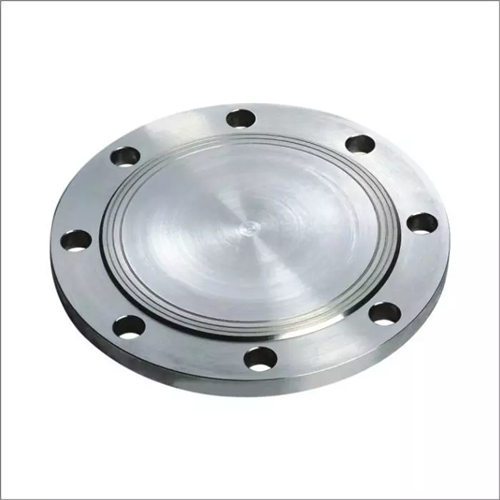
ADTO News
How Do Blind Flanges and Slip-on Flanges Differ in Terms of Pressure Ratings?
Blind flanges generally have higher pressure ratings compared to slip-on flanges in the same size and material specification. This is because blind flanges are designed to withstand pressure from only one side (the closed end of the pipe or vessel), and their solid structure allows them to handle higher forces.
They are often used in applications where there is a need for a secure seal and the ability to withstand significant internal pressure. For example, in high-pressure pipelines in the oil and gas industry or in pressure vessels in chemical processing plants where the pressure can vary from moderate to extremely high.
The pressure rating of blind flanges can range from a few pounds per square inch (psi) to several thousand psi depending on their size, material, and the manufacturing standards followed. For instance, a large-diameter blind flange made of high-strength alloy steel might have a pressure rating of up to 5000 psi or more.
Slip-on flanges typically have lower pressure ratings as they rely on the weld around the pipe circumference for strength. The weld joint may not be as strong as the solid construction of a blind flange.
They are suitable for low to medium-pressure applications. In common plumbing systems, for example, slip-on flanges might be used in water distribution pipes where the pressure is relatively low, usually ranging from 50 to 200 psi.
In industrial applications where the pressure requirements are moderate, slip-on flanges made of carbon steel might have pressure ratings up to around 1500 psi for smaller sizes and slightly lower for larger diameters. However, this is significantly lower than what a comparable blind flange could handle under the same conditions.


 Live Chat
Live Chat

